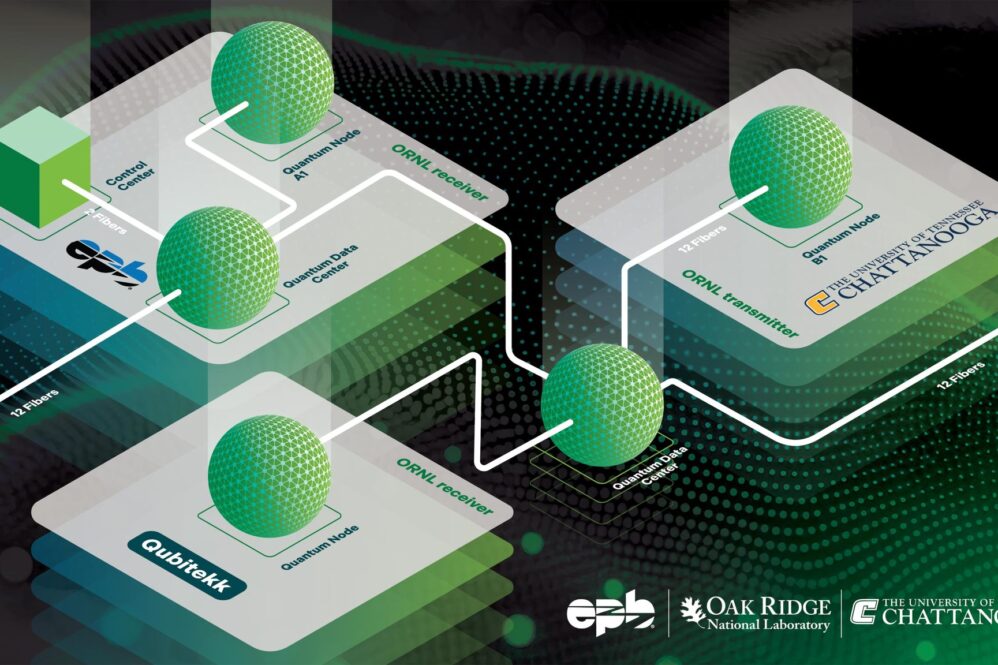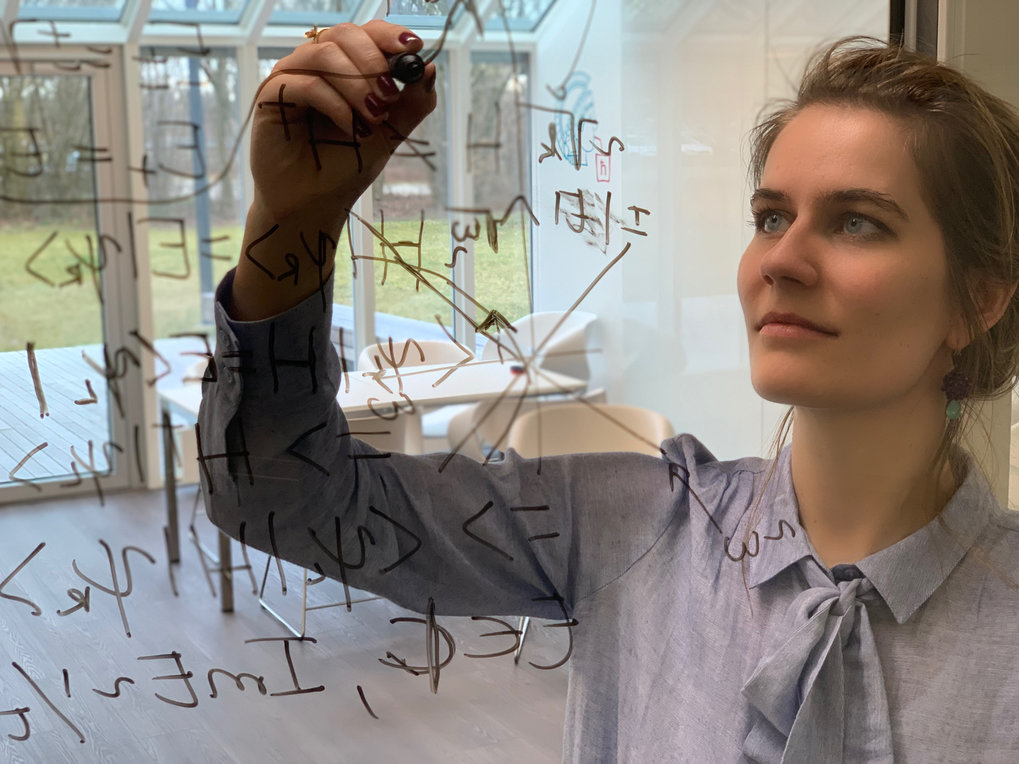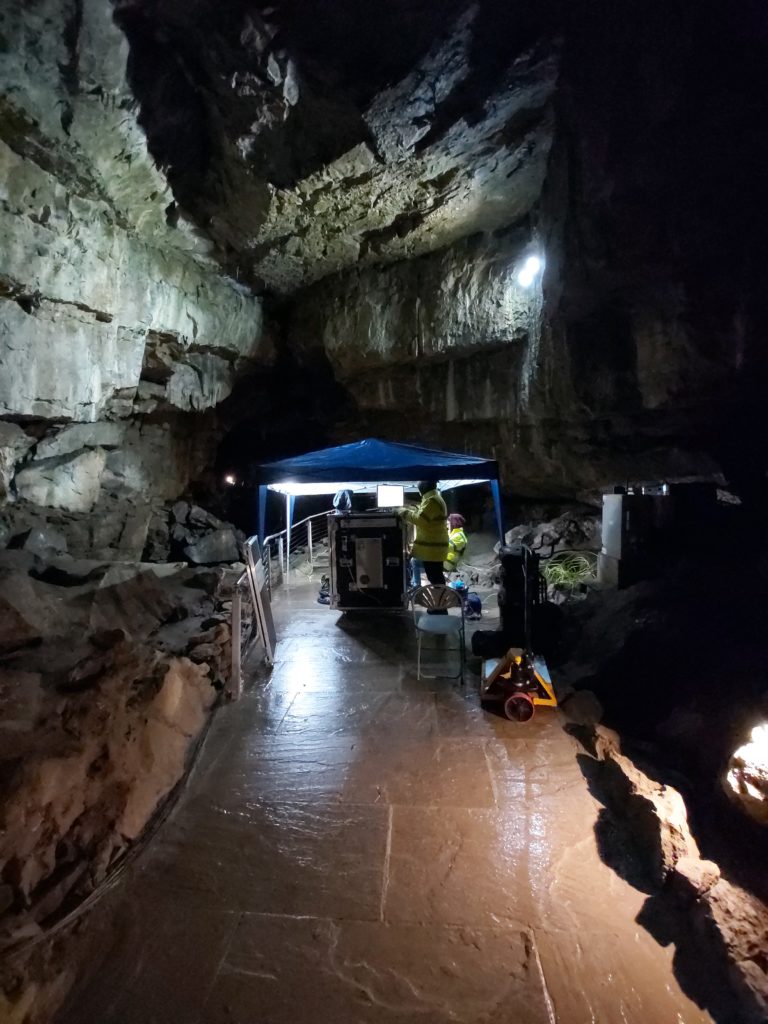Scientists at Oak Ridge National Laboratory (ORNL), in collaboration with EPB of Chattanooga and the University of Tennessee at Chattanooga, have achieved a significant milestone in quantum networking by successfully maintaining continuous transmission of entangled quantum signals over a commercial fiber-optic network. This marks the first implementation combining multiple wavelength channels and automatic polarization stabilization with zero downtime.
The key innovation lies in their development of Automatic Polarization Compensation (APC), a technique that actively corrects changes in light wave oscillation patterns. The system employs laser-generated reference signals and heterodyne detection to monitor and adjust polarization in real-time, effectively counteracting environmental disruptions such as wind and temperature fluctuations that typically interfere with quantum signals.
Led by quantum research scientist Joseph Chapman, the team demonstrated uninterrupted signal transmission for over 30 hours between three nodes on the network, with distances of approximately half a mile between each point. The University of Tennessee Chattanooga campus hosted one node containing an entangled-photon source developed by ORNL scientist Muneer Alshowkan.
The significance of this advancement lies in its practical application to quantum computing and networking. Unlike classical computing’s binary bits, quantum computing uses qubits that can exist in multiple states simultaneously through quantum superposition. The team utilized photons as qubits, transmitting polarization-entangled qubit pairs through quantum entanglement distribution. This entanglement enables information transfer via quantum teleportation without physical movement through space, forming the foundation for advanced quantum networks.
While fiber-optic cables can transmit photon-encoded qubits, environmental factors traditionally disrupt their polarization and interfere with signal integrity. The team’s innovative APC method addresses this challenge by stabilizing polarization and reducing interference while maintaining maximum network bandwidth. Unlike previous solutions that required periodic network resets and worked only for specific polarization types, this new approach accommodates all polarization types without interruption.
The researchers validated their compensation method using entanglement-assisted quantum process tomography, generating test signals from entangled photons to measure channel properties and changes. When APC was enabled, transmissions remained stable with minimal noise introduction. Chapman likened the process to a musician tuning instruments, with the laser serving as the reference for signal alignment.
The development has significant commercial implications, with Chapman having filed for a patent on the method. Future research will focus on expanding bandwidth and compensation range to enhance performance across varied conditions. EPB, the local utility company, sees this as an opportunity to establish Chattanooga as a hub for quantum development and investment. Their quantum network serves researchers, startups, and academic customers, positioning the city at the forefront of quantum technology advancement.
This breakthrough represents a crucial step toward realizing a functional quantum internet that could offer enhanced security and efficiency compared to conventional networks. The University of Tennessee at Chattanooga’s involvement also provides valuable experiential learning opportunities for students in quantum information science and technology.
The achievement demonstrates the potential for quantum communication systems to operate seamlessly in real-world conditions, bringing us closer to practical quantum networking applications. The combination of continuous operation, automatic stabilization, and compatibility with existing commercial infrastructure makes this development particularly significant for the future of quantum communications.
Reference: “Continuous automatic polarization channel stabilization from heterodyne detection of coexisting dim reference signals” by Kazi Reaz, Joseph C. Chapman, Tian Li, Muneer Alshowkan and Mariam Kiran, 15 December 2024, Optics Express. DOI: 10.1364/OE.543704



